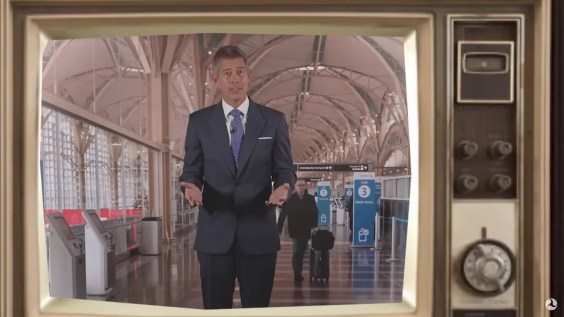A pair of sukkahs in Williamsburg has grown to McMansion size in the year 5780, endangering cyclists and pedestrians, and inconveniencing drivers by taking up space in the middle of the street — illegally.
Bike and car commuters in Williamsburg have been struck by the enormity of two religious structures occupying Penn Street between Bedford and Kent avenues. Both of the sukkahs — which are used to celebrate the week-long Jewish holiday of Sukkot later this month — were constructed in front of synagogues last month without permits and take up half of the public roadway and all of the sidewalk on one side of the street.
In fact, the city only moved to get the required paperwork, such as a permit from the Department of Buildings or a Street Activity Permit from the city's event office, after Streetsblog started asking about the illegal religious structures. And it's obviously a political hot potato because Streetsblog reached out to the Department of Transportation — but got an answer from City Hall.
“Sukkahs must comply with city regulations. We are in touch with the community to ensure they have the proper permitting, so they can have a joyful and celebratory Sukkot," said mayoral spokesman Seth Stein.
Stein did not respond to several follow-up questions about which permit the community was in the process of acquiring, or if members of the community applied in years past.
It’s not uncommon to see sukkahs all over the Hasidic Jewish neighborhood during this time of year, but they are usually on private property, and don’t take up as much public space — legally or illegally. Sukkot is Oct. 13-20 this year, meaning that the structures will be blocking the roadway for almost an entire month.
The other Penn Street sukkah on steroids nearly takes up the entire street with the help of an abandoned private school bus (photos below).

Members of the Hasidic community declined to comment, though one woman outside of a shul on Penn Street admitted, "It’s a little bigger this year.”
It's not the first time residents have been unsettled by the massive structures. In 2003, one resident filed a complaint with the Department of Buildings, warning that a sukkah was put up illegally in the same Penn Street location as one of this year's mega-sukkahs. The complaint said the structure was haphazardly taking up space in the middle of the road.
“CALLER STATES THAT THE OWNER OF ABOVE ADDRESS IS BUILDINGA SUKKAH (WOODEN BOOTH) WITHOUT A PERMIT. THIS BOOTH IS IN THE ROAD-WAY, WHEREBY CARS COULD HIT IT. THIS IS VERY DANGEROUS,” says the complaint, filed on Sept. 24, 2003.
Building inspectors finally paid a visit to the site in February, 2004, months after the festive holiday had ended and the sukkah had been taken down, and said it resolved the issue.
Sukkot, the Jewish Festival of Tabernacles, commemorates the 40 years that, according to the Torah, the ancient Hebrews spent in the desert during their exodus from slavery in Egypt. Religious Jews build roofless sukkahs to symbolize the type of structures that sheltered the Israelites during that exodus. During the holiday, the observant eat their meals in the sukkah.








